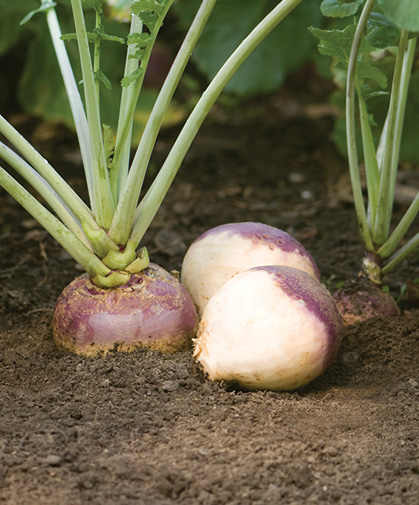This site uses cookies to personalize your experience, measure site performance, and show you relevant offers and advertisements. To learn more about our use of cookies, as well as the categories of personal information we collect and your choices, please read our Privacy Policy. By clicking ALLOW or clicking on any other content, you agree that cookies can be placed.

